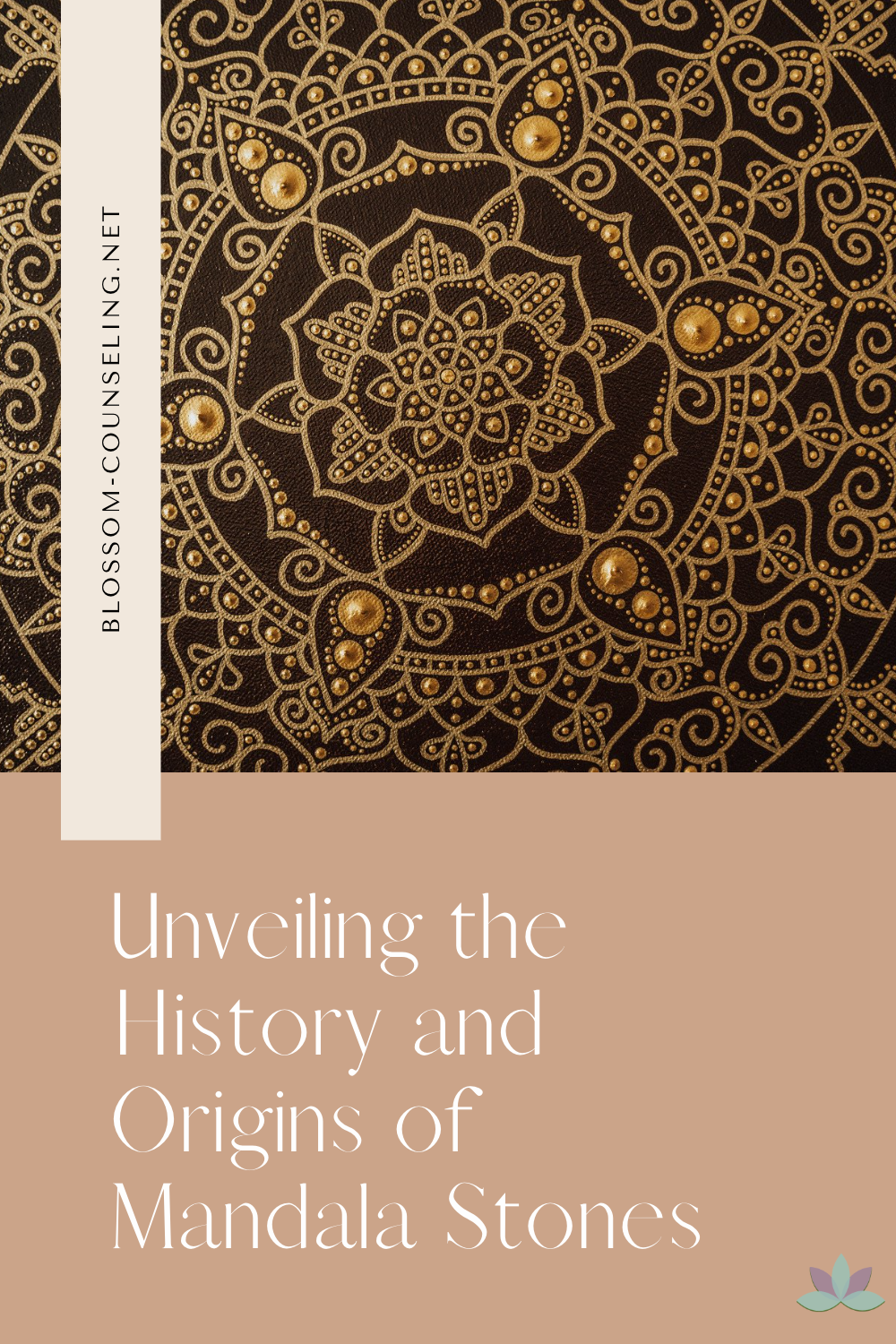 Mandalas – you have probably seen them anywhere from a building mural to a sign on a yoga studio to the grocery store checkout aisle. They look nice, but what are they really all about?
Mandalas – you have probably seen them anywhere from a building mural to a sign on a yoga studio to the grocery store checkout aisle. They look nice, but what are they really all about?
Mandalas originated in a few different forms in eastern countries such as India, Tibet, and China, and many other countries where Hinduism and Buddhism are practiced. They date back centuries and were often used for religious purposes, with a strong connection to meditation and introspection. Of course, with centuries of use within many different cultures, the full history of mandalas is far greater and more interesting than what is in this post, and if you are interested in that, there are many books and sites that will tell you more. But this is not a history blog. So how does the mandala turn from a religious art to something they sell in coloring books at Five Below?
Interestingly (that is, if you are a bit of a nerd like me and find these things interesting) Swiss psychologist Carl Jung is credited with taking the mandala and bringing it into its current pop culture form. He was introduced to the concept in the late 1930’s, and spent the next several decades using mandalas in his work. Jung is well known in the psychology world for expanding on Freud’s theories and developing new theories about the unconscious, individuation, and introversion and extroversion, to name a few. He thought people could use mandalas to represent the self, and freely creating them could allow his patients to understand themselves better. He even used his patients’ mandalas to diagnose them, which is not something that is generally taught in schools nowadays.
Since then, mandalas have become very popular in the stress management/relaxation world. From Eastern religions and Jungian psychology to your phone’s App Store, mandalas are an extremely accessible tool to help people meditate, relax after a long day, or calm their anxiety. There are many studies that explore why creating or coloring mandalas has such a strong positive effect on stress, but some of the results point to things like the repetitive nature and organized visuals that allow the mind to relax and be more in the moment (mindfulness). Similar to if you’ve ever been driving down a familiar road and find yourself thinking of other things, repetition can allow the brain to go where it needs to in order to sort out worries or stresses. On the other hand, focusing on what you are doing – the colors you choose, the feel of your hand on the paper – can help quiet those worries as the brain focuses on those tiny details.
Another method for mandalas is stones. Mandala Stones or Rocks are small, round stones that people paint mandalas on, using the same process as they would if it were on paper. Rather than a coloring book or large tapestry, the stones can be carried around, set on a desk, or other places where you may want a reminder to take a breath. These mandala stones, again drawing from the history of mandalas, can be a reminder to take a moment, recenter your mind, and think about the intention that went into making it. Whether that is calmness, connecting to yourself, or just enjoying the colors, mandalas in all forms can be excellent for relaxation. The next time you find yourself feeling overwhelmed, see if drawing or coloring a pre-made mandala brings you a sense of calm and relaxation!
|
|




